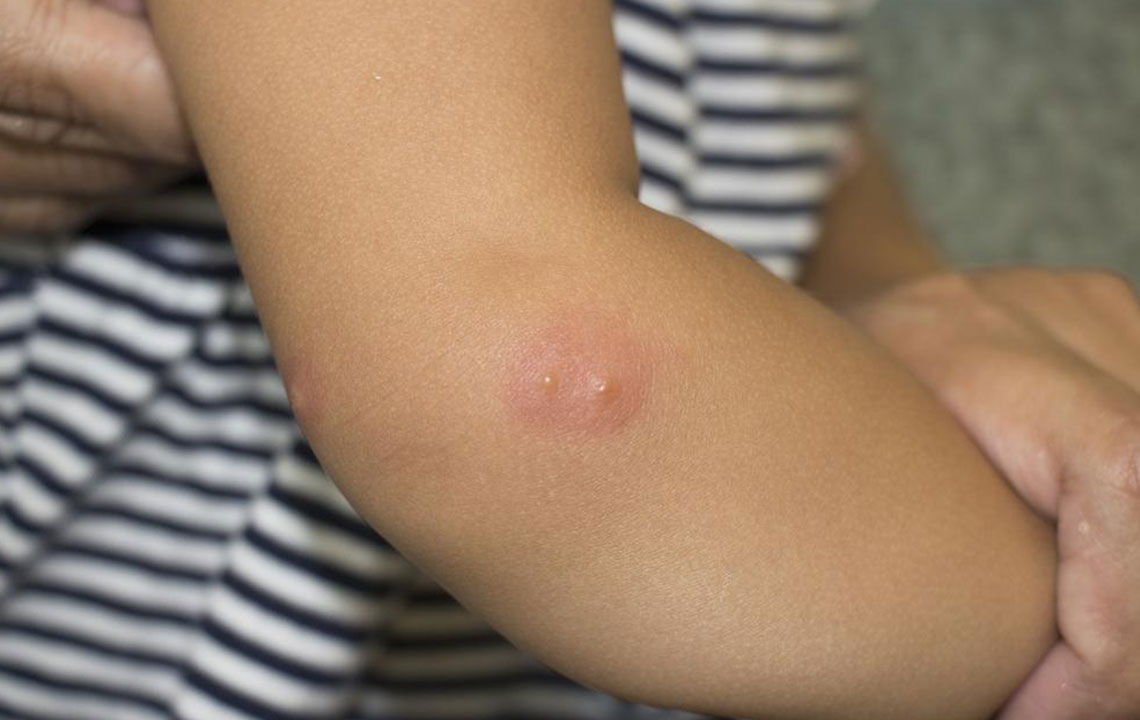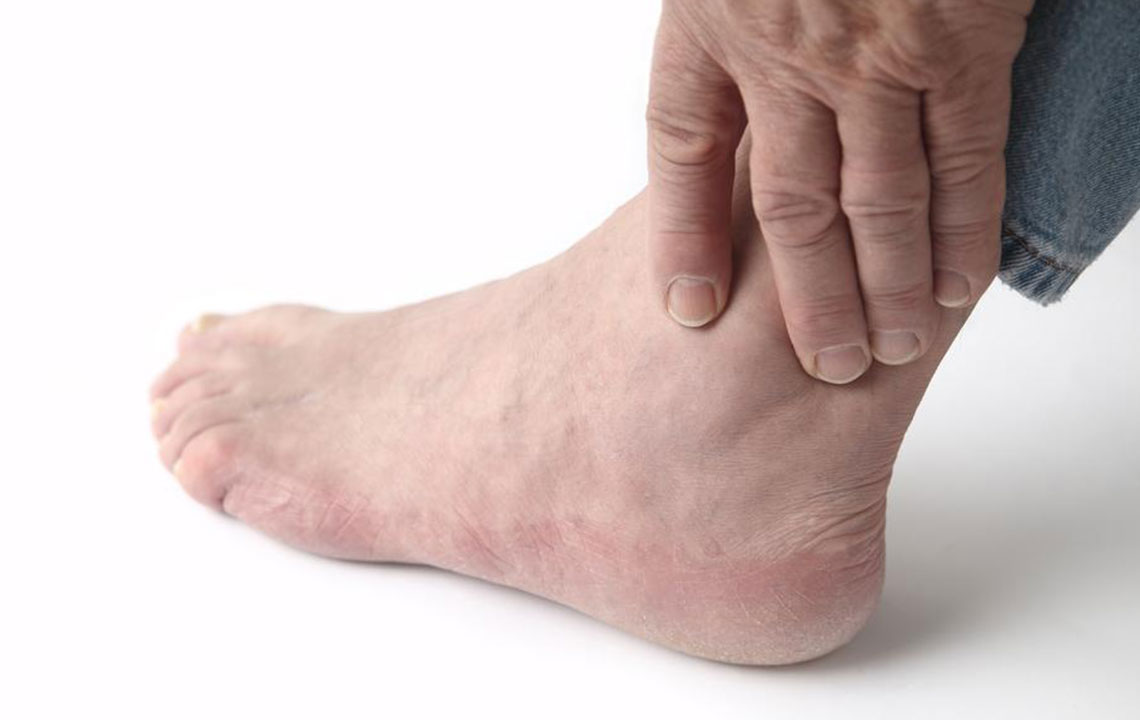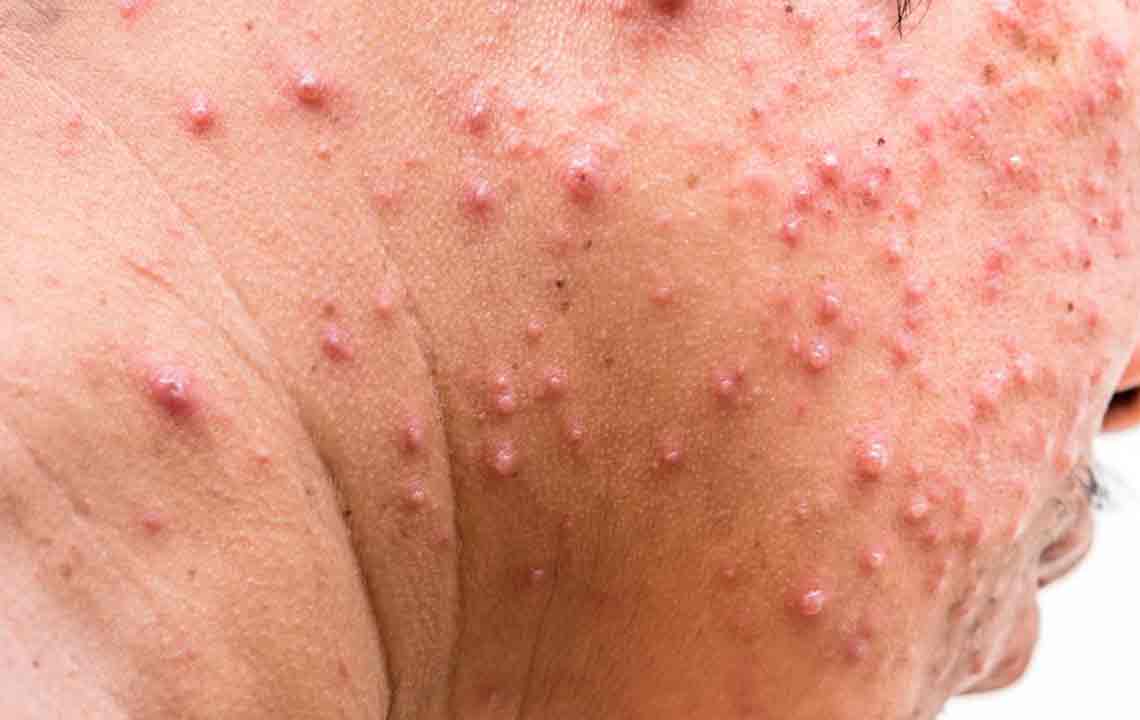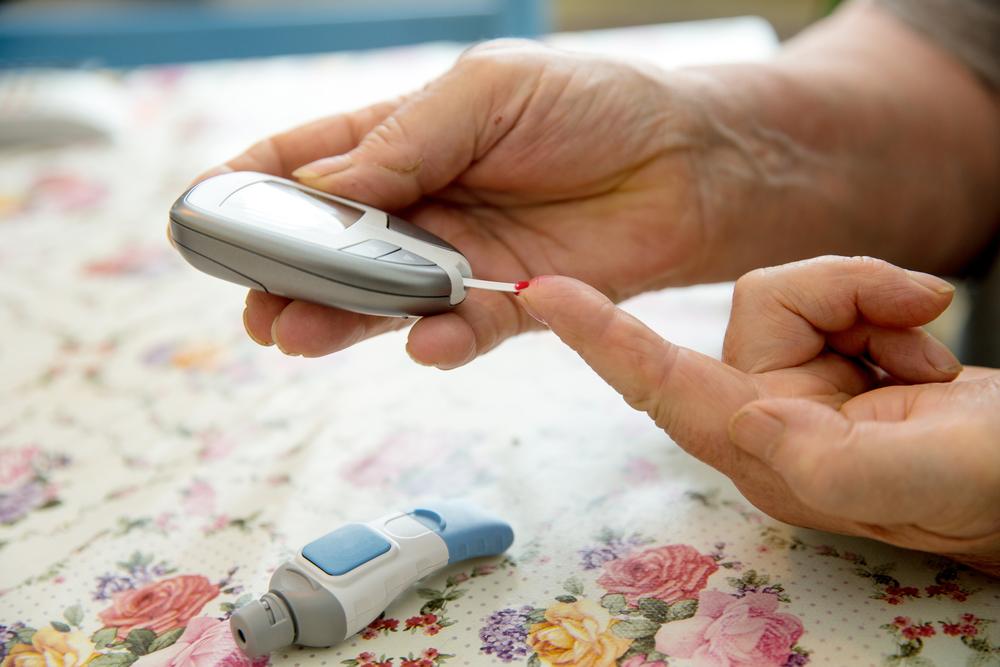Comprehensive Guide to Shingles: Causes, Symptoms, and Effective Relief Methods
Shingles is a painful condition caused by reactivation of the varicella zoster virus. This comprehensive guide covers causes, early symptoms, and effective relief methods, emphasizing the importance of early detection and treatment. Learn how lifestyle changes and home remedies can help manage discomfort and prevent complications. The article highlights the significance of vaccination for prevention and underscores the need for timely medical intervention to mitigate pain and improve quality of life.

Comprehensive Guide to Shingles: Causes, Symptoms, and Effective Relief Methods
Maintaining a healthy lifestyle is essential for overall well-being and can help prevent many common illnesses. However, certain health conditions can develop even in the healthiest individuals, especially when the immune system weakens due to age, stress, or other factors. Among these conditions, shingles stands out as a painful yet manageable disease that can significantly impact quality of life if not addressed promptly. Recognizing the early signs of shingles and seeking appropriate treatment can make a substantial difference in pain management and prevent long-term complications.
Shingles, also known as herpes zoster, manifests as a painful skin rash that occurs in specific areas, often in a band or strip pattern along nerve pathways. This condition predominantly affects older adults or individuals with compromised immune systems. While not life-threatening, shingles can cause intense discomfort and repeated episodes if not adequately treated, highlighting the importance of awareness and early intervention.
What Exactly Is Shingles?
Shingles is caused by the reactivation of the varicella zoster virus, the same virus responsible for chickenpox in childhood. After initial infection, the virus remains dormant in nerve tissue but can reactivate years later.
Reactivation occurs when the immune system becomes weakened or compromised due to aging, stress, certain illnesses, or immunosuppressive treatments.
The infection manifests as a painful rash that often follows a nerve pathway, causing localized pain, burning, or tingling sensations.
Although shingles is not transmitted in the same way as contagious diseases, the virus can spread through direct contact with the rash in its blistering stage, especially to those who haven’t had chickenpox or been vaccinated.
What Causes Shingles?
The primary cause of shingles is the reactivation of the dormant varicella zoster virus, which has remained inactive in nerve cells since childhood chickenpox episodes.
Factors that weaken the immune system, such as advanced age, chronic illnesses, stress, or certain medications, can trigger this reactivation.
Although the precise moments leading to reactivation are unclear, medical research indicates that immune decline plays a pivotal role in this process.
Reactivated virus travels along nerve fibers to the skin, causing the characteristic rash and nerve pain associated with shingles.
Contrary to some beliefs, shingles is less contagious than other infectious diseases but can still pose a risk to those who are unvaccinated or have never had chickenpox.
Recognizing the Symptoms of Shingles
Early diagnosis is vital for effective management. Typical symptoms include:
Initial signs often involve flu-like symptoms such as fever, chills, and fatigue, preceding any rash appearance.
Some individuals experience a prodromal phase marked by burning, tingling, or sharp pain in specific nerve regions, sometimes lasting a few days.
Swollen lymph nodes may be present near the affected area, indicating immune response activation.
The hallmark of shingles is a distinctive rash that develops after the initial sensations, usually within one to five days.
The rash first appears as small red patches that quickly turn into fluid-filled blisters, which then crust over and heal over time.
Pain associated with shingles can be severe, often described as burning, stabbing, or throbbing, and may persist long after the rash has healed, a condition known as postherpetic neuralgia.
Effective Home Remedies and Lifestyle Adjustments for Pain Relief
Applying cold compresses to affected areas can significantly soothe the skin, reducing itchiness, burning sensations, and discomfort.
Home remedies like a paste made from baking soda or cornstarch can help dry out blisters faster and alleviate itching.
Maintaining a nutritious diet rich in vitamins A, B-12, C, and E supports immune health, accelerates healing, and reduces the severity of symptoms.
Keeping the affected skin clean and dry is crucial to prevent secondary bacterial infections.
Stress reduction techniques such as meditation, deep breathing, and adequate sleep can help strengthen immune response and reduce the chances of reactivation.
Over-the-counter pain relievers, like acetaminophen or NSAIDs, can help manage mild to moderate discomfort, but consult a healthcare provider for severe pain or persistent symptoms.
Prompt medical treatment, including antiviral medications prescribed by a healthcare professional, can shorten the course of the disease, lessen nerve pain, and lower the risk of complications. Vaccination is also an effective preventive measure, especially for older adults, to reduce the incidence and severity of shingles.





